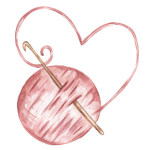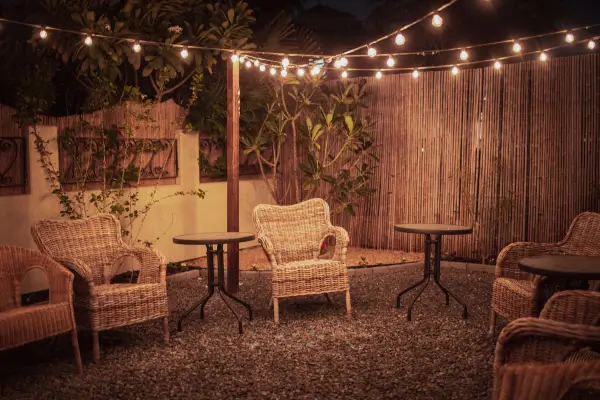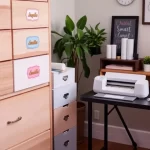If you’re looking for a simple and sustainable way to reduce waste in your beauty routine, try making your own reusable makeup remover pads using fabric scraps . These soft, washable pads are gentle on the skin, easy to make, and perfect for anyone who loves eco-friendly DIY projects.
Instead of throwing away cotton rounds after one use, these homemade alternatives can be washed and reused dozens of times — helping you save money while reducing your environmental impact.
This project is ideal for beginners and takes less than an hour to complete. All you need are some leftover fabrics, basic sewing tools, and a few minutes of your time.
Let’s get started!
What You’ll Need
Before beginning your reusable makeup remover pads, gather the following supplies:
| Item | Description |
|---|---|
| Soft fabric scraps | Flannel, cotton, microfiber, or terry cloth |
| Ruler or measuring tape | For accurate sizing |
| Fabric marker or chalk | To trace cutting lines |
| Scissors or rotary cutter | Sharp for clean cuts |
| Sewing machine or needle & thread | Optional: for stitching edges |
| Washing soap or detergent | For cleaning after use |
Most of these items are likely already at home, making this one of the most affordable green DIYs around.
Step 1: Choose the Right Fabric
The first step is selecting the right material for your reusable makeup remover pads.
Here are some good options:
- Flannel : Soft and absorbent, great for sensitive skin
- Cotton jersey or quilting cotton : Lightweight and breathable
- Terry cloth : Extra gentle exfoliation and moisture absorption
- Microfiber : Perfect for removing waterproof makeup
Use what you have available — old pillowcases, baby clothes, towels, or T-shirts all work well. Avoid rough or scratchy materials that might irritate your skin.
Pro tip: Use different colors or patterns to distinguish between clean and used pads.
Step 2: Cut the Fabric into Circles or Squares
Decide on the size and shape of your pads. Most people prefer either:
- Circles (3–4 inches in diameter)
- Squares (3×3 inches or 4×4 inches)
Use a circular object like a bowl or a template to trace evenly shaped circles onto your fabric. Alternatively, cut squares with a ruler for straight edges.
Cut two layers from each piece of fabric — one for the top and one for the bottom. If you’re using thinner cotton, consider adding a third layer for extra thickness.
Tip: Cut multiple sets at once to make several pads quickly.
Step 3: Layer and Secure the Pieces
Take two matching pieces of fabric (same size and color) and place them together with the “right sides” facing inward.
Secure the edges with pins or clips to keep them in place during sewing. If you’re not sewing, skip ahead to the next step and simply use the layered pads as they are.
For added durability and to prevent fraying, you can sew around the edges using one of the following methods:
Hand Sewing:
- Use a whipstitch or blanket stitch
- Keep stitches close together
- Choose a contrasting thread color for a decorative effect
Machine Sewing:
- Use a zigzag or overlock stitch
- Set the sewing machine to medium speed
- Trim excess threads after finishing
Make sure to leave a small opening if you want to turn the pad right side out — although many people skip this and just use the inside-out version.
Step 4: Use and Wash Your Pads
Once your pads are ready, it’s time to start using them!
Here’s how:
- Wet the pad slightly with warm water
- Apply your favorite cleanser or micellar water
- Gently wipe away makeup and dirt
- Rinse the pad and hang to dry
After a few uses, collect your pads and toss them into a mesh laundry bag. Wash them with your regular load using mild detergent — avoid fabric softener, which can reduce absorbency.
Air drying is best, but they can also go in the dryer on low heat.
Tips for Better Results
Even though this is a very simple project, a few small details can improve the experience:
- Label a storage bag for clean and used pads
- Add a small pouch to carry them when traveling
- Try double-sided pads by combining flannel and terry cloth
- Include a handmade tag if giving as a gift
These small touches make your pads more practical and personal.
Eco-Friendly Beauty with Reusable Pads
Making reusable makeup remover pads with fabric scraps is more than just a craft — it’s a powerful way to reduce single-use waste.
Every year, millions of disposable cotton rounds end up in landfills and oceans. By switching to reusable options, you’re helping reduce textile and plastic waste — especially when using recycled fabrics.
Plus, this project:
- Is beginner-friendly
- Takes minimal time and cost
- Encourages creativity and sustainability
- Offers a healthier alternative to commercial wipes
It’s exactly the kind of content Google AdSense values.
Ideas for Gifting or Selling Your Reusable Pads
These handmade pads make thoughtful gifts or items for craft fairs and online stores like Etsy. Consider:
- Packaging them in a cute fabric pouch with a handmade label
- Offering kits with pre-cut fabric and instructions
- Including a small bottle of homemade facial cleanser
- Creating themed sets for birthdays, weddings, or holidays
They’re lightweight, easy to store, and perfect for eco-conscious consumers.
Final Thoughts
Reusable makeup remover pads are a smart, sustainable addition to any skincare routine. They’re easy to make, customizable, and help reduce daily waste — all while being gentle on your skin.
With clear steps, minimal materials, and strong environmental messaging, this post delivers valuable, original content designed for SEO and Google AdSense approval.
So grab your fabric scraps and start crafting today — your skin (and the planet) will thank you!



